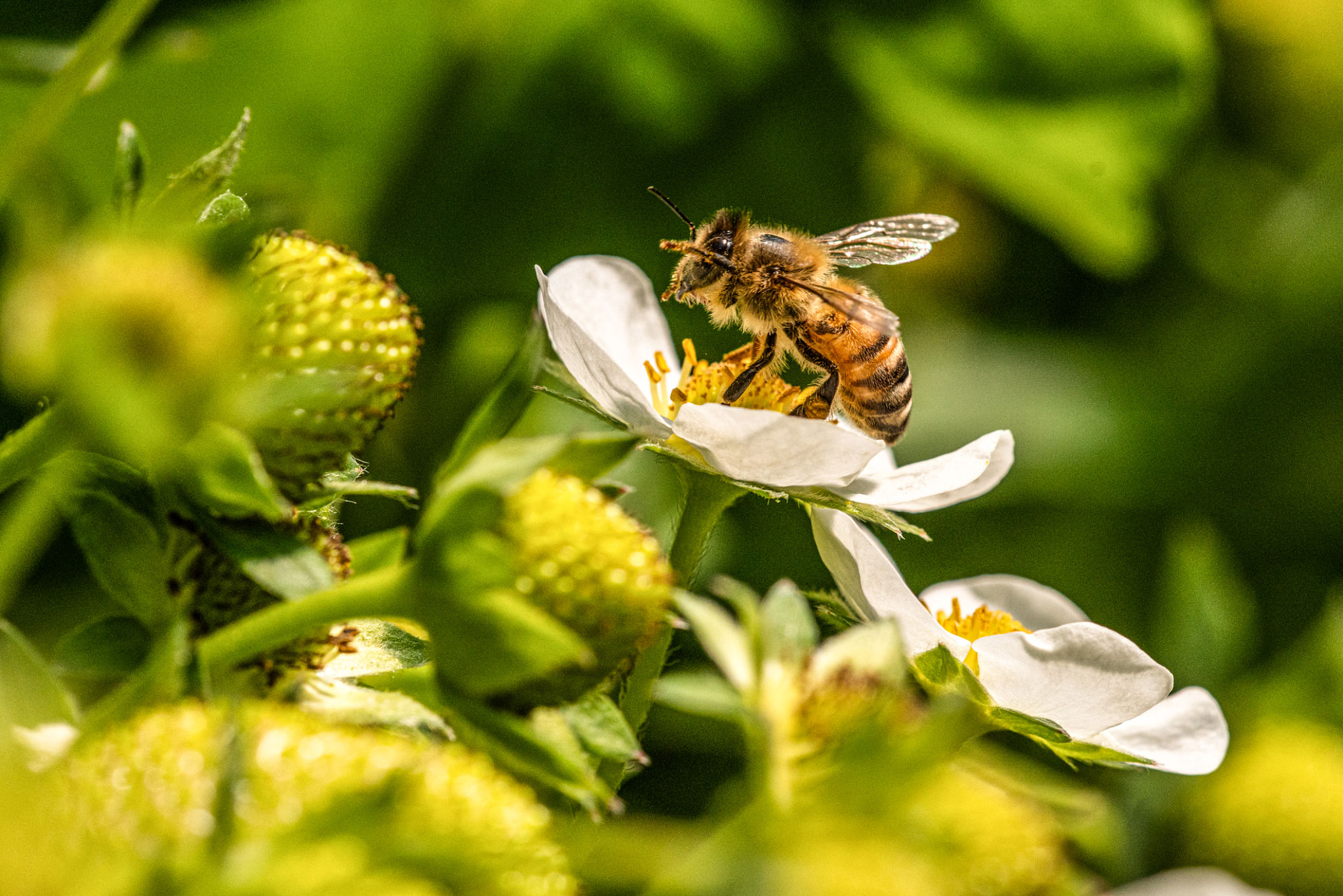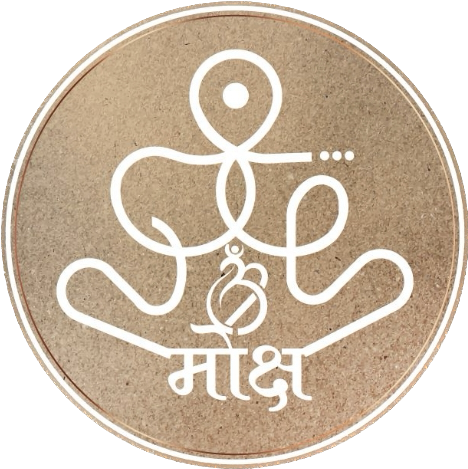Common Misconceptions About Vata, Pitta, and Kapha Explained
Understanding the Doshas
Ayurveda, the ancient science of life, categorizes human beings into three primary doshas: Vata, Pitta, and Kapha. These doshas represent different body-mind types and are essential in understanding individual health and wellness. However, there are numerous misconceptions surrounding these doshas that can lead to misunderstanding and misapplication of Ayurvedic principles.
One common misunderstanding is that people believe they can only be one dosha type. In reality, most individuals are a combination of two or even all three doshas, with one being dominant. This is known as your Prakriti, or natural constitution, which is unique to each individual.

Misconceptions About Vata
Vata is often associated with movement, creativity, and change. A common misconception is that Vata types are always anxious and restless. While it is true that an imbalance in Vata can lead to these traits, when balanced, Vata types are actually vibrant and energetic.
Another myth is that Vata individuals must avoid all forms of exercise. In fact, moderate exercise is beneficial for them, as it helps stabilize their energy levels. Yoga and tai chi are particularly effective in maintaining Vata balance.

Misconceptions About Pitta
Pitta is linked to fire and is characterized by ambition and intensity. A widespread misconception is that Pitta types are always angry or aggressive. This is not true; when in balance, Pitta individuals are focused, confident, and driven.
Many people believe that a Pitta diet must be bland to avoid aggravating the fire element. However, Pitta types can enjoy a variety of flavors as long as they avoid overly spicy and acidic foods. Cooling foods like cucumbers and melons are excellent choices for maintaining balance.

Misconceptions About Kapha
Kapha is associated with earth and water elements, embodying stability and nurturing qualities. A common myth about Kapha types is that they are inherently lazy. While an imbalance can lead to lethargy, balanced Kapha individuals are actually grounded and calm.
Another misconception is that Kapha types should avoid fats completely. Healthy fats like avocados and nuts can be part of a Kapha-friendly diet when consumed in moderation.

Balancing Your Doshas
Balancing your doshas involves lifestyle practices tailored to your individual constitution. These practices include diet adjustments, exercise routines, and mindfulness techniques. It’s crucial to understand that imbalances can occur in any dosha due to lifestyle choices or environmental factors.
Consulting with an Ayurvedic practitioner can provide personalized guidance on how to maintain balance. They can help identify your dominant dosha(s) and suggest appropriate lifestyle changes.

The Importance of Self-awareness
Understanding your dosha type encourages self-awareness and personal growth. By recognizing your natural tendencies and potential imbalances, you can make informed decisions about your health and well-being.
Remember, Ayurveda emphasizes harmony between body, mind, and spirit. Embracing this holistic approach allows for a more balanced and fulfilling life.
